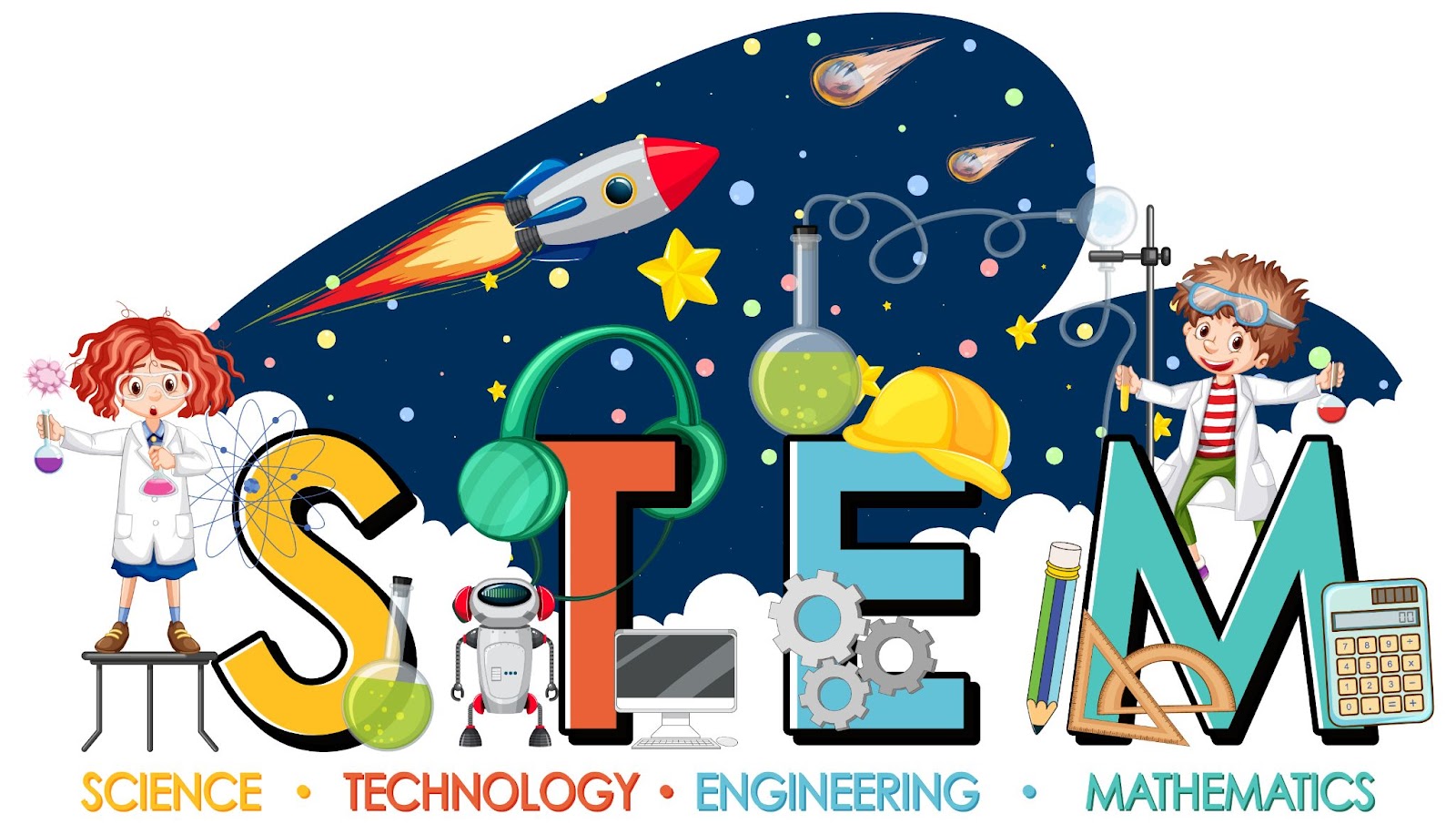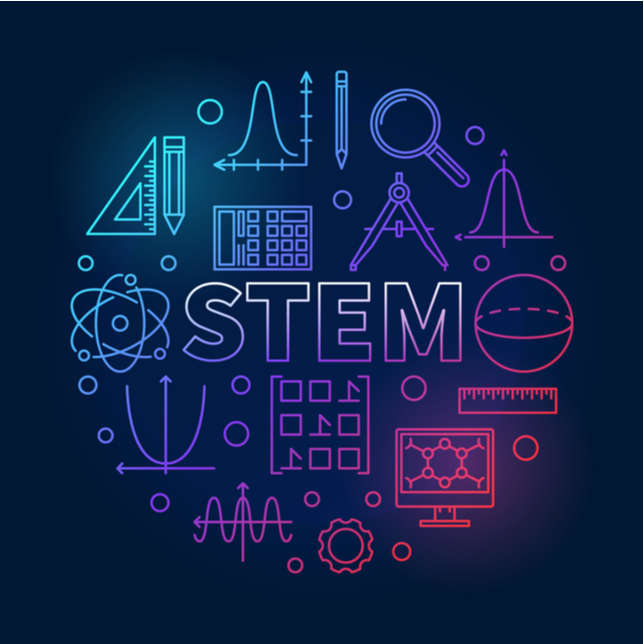Essential Education Tips Every Teacher Should Know
Welcome to Essential Education Tips Every Teacher Should Know
Teaching is an art, a science, and sometimes, a bit of magic. As educators, we have the incredible opportunity to shape young minds, inspire curiosity, and ignite a lifelong love of learning. But, let’s face it, teaching can also be challenging. From managing a diverse classroom to keeping students engaged, there’s a lot on our plates. In this guide, we’ll explore some essential education tips that every teacher should know to navigate the joys and challenges of the classroom.
Setting Clear Objectives for Learning
Before stepping into the classroom, it’s crucial to have a clear understanding of what we want our students to learn. Setting clear learning objectives helps us focus our lessons and ensures that students know what is expected of them. Whether it’s mastering a new math concept or analyzing a piece of literature, clear objectives guide our teaching and students’ learning.
Creating Engaging and Relevant Lessons
One of the keys to capturing students’ interest is to make lessons engaging and relevant to their lives. Incorporating real-world examples, hands-on activities, and multimedia resources can bring learning to life. When students see the relevance of what they are learning, they are more likely to be motivated and engaged.
Differentiating Instruction to Meet Diverse Needs
Every student is unique, with their own strengths, challenges, and learning styles. Differentiating instruction allows us to meet the diverse needs of our students. Whether it’s providing extra support for struggling learners, offering enrichment activities for advanced students, or using varied teaching methods, differentiation ensures that all students have the opportunity to succeed.
Building Positive Relationships with Students
Building positive relationships with our students lays the foundation for a positive and supportive classroom environment. Taking the time to get to know each student as an individual, showing genuine care and interest in their lives, and providing encouragement and support fosters trust and respect. When students feel valued and supported, they are more likely to engage in learning.
Using Effective Classroom Management Strategies
Effective classroom management is essential for creating a productive learning environment. Establishing clear expectations, routines, and procedures helps maintain order and minimizes disruptions. Positive reinforcement, such as praise and rewards for positive behavior, encourages students to make good choices. Consistency and fairness in applying consequences for negative behavior also contribute to a well-managed classroom.
Encouraging Active Participation and Collaboration
Learning is not a solitary activity. Encouraging active participation and collaboration among students promotes a dynamic and interactive learning environment. Group projects, discussions, peer teaching, and cooperative learning activities foster critical thinking, communication skills, and teamwork.
Providing Constructive Feedback for Growth
Feedback is a powerful tool for learning and growth. Providing timely and constructive feedback helps students understand their strengths and areas for improvement. Whether it’s written comments on assignments, one-on-one discussions, or peer evaluations, feedback should be specific, actionable, and focused on growth.
Continuing Professional Development
The field of education is constantly evolving, with new research, technologies, and teaching methods emerging regularly. Engaging in






:max_bytes(150000):strip_icc()/ffn_familyfun_balance_161new_cld_1-e7c4503976fb46319e8f2561c418a97b.jpg)








